Starring: Anonymous Voice Actors (but this is basically a silent movie)
Director: John Foster and Mannie Davis
Rating: Four of Ten Stars
Pre-historic mice (who are basically Mickey Mouse and Minnie Mouse clones) go dancing at a club, get into a fight with a bully, and end up literally bringing the house down.
An entry in the long-running Aesop's Fables anthology series, "Stone Age Stunts" is seven minutes of crudely animated nonsense. Along the way, there are some scenes that will make you squirm if you have any sensitivity to the issues surrounding domestic violence. (There are riffs on the old cartoon caveman hitting his mate over the head with his club and dragging her off, but they are taken to uncomfortable extremes here.)
The saving grace (and only thing that makes watching this worthwhile) is the music. The animation and the music go perfectly together, and the only humorous that aren't uncomfortable to watch, grotesque, or inexplicably weird (or some combination of all three) are those involving music. The cavemouse suddenly being able to use his club as a flute is amusing, and the sequence that starts at roughly the halfway mark with a band of cartoon animals using other cartoon animals as instruments and a hilarious nightclub act make sitting through the more unpleasant bits worthwhile.
As I always try to do with the Van Beuren productions I review, you can watch it for yourself, right here in this post, and see if you think I'm right or wrong in my estimation of this one. Just click on the video below.
(Trivia: Although the amorous mice who are the stars of "Stone Age Stunts" had been appearing in Aesop's Fables episodes since the early 1920s, their appearances changed to be similar to that of Mickey Mouse and Minnie Mouse once those characters became hits for Disney. Eventually, the Walt Disney Company filed suit against the Van Beuren Corporation. Disney didn't see damages--they just wanted Van Beuren to stop putting Mickey and Minnie look-alikes in crude situations in crudely animated cartoons.)

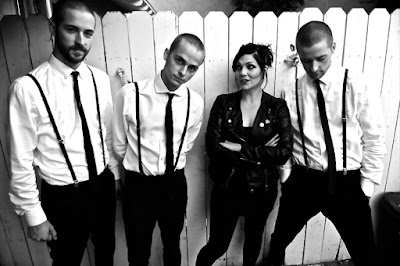
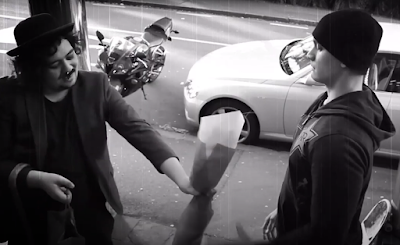




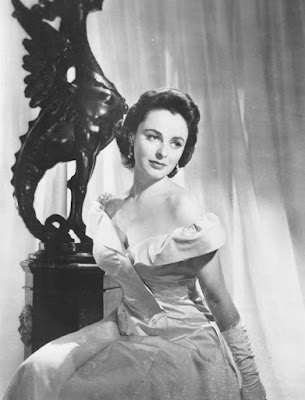
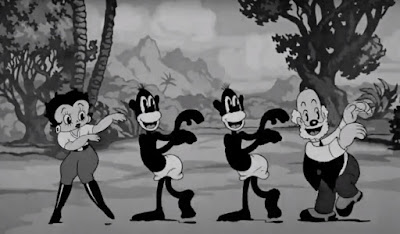


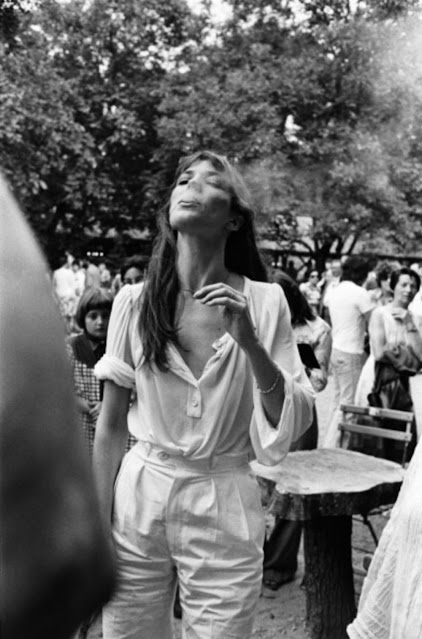
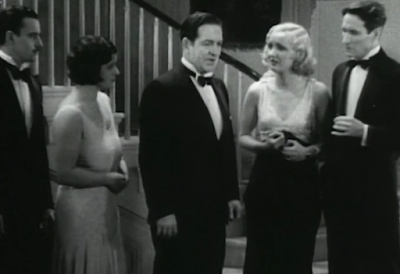

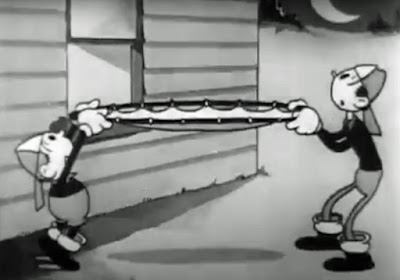












%20(Yasujir%C3%B4%20Ozu,%201957).jpg)






.jpg)
